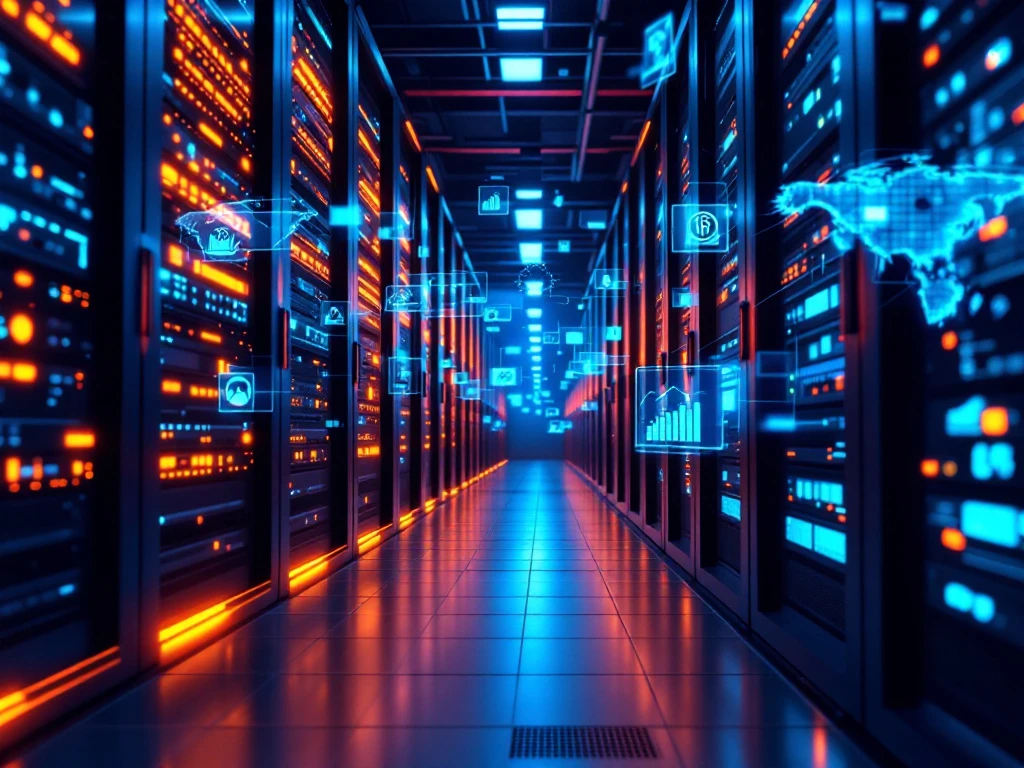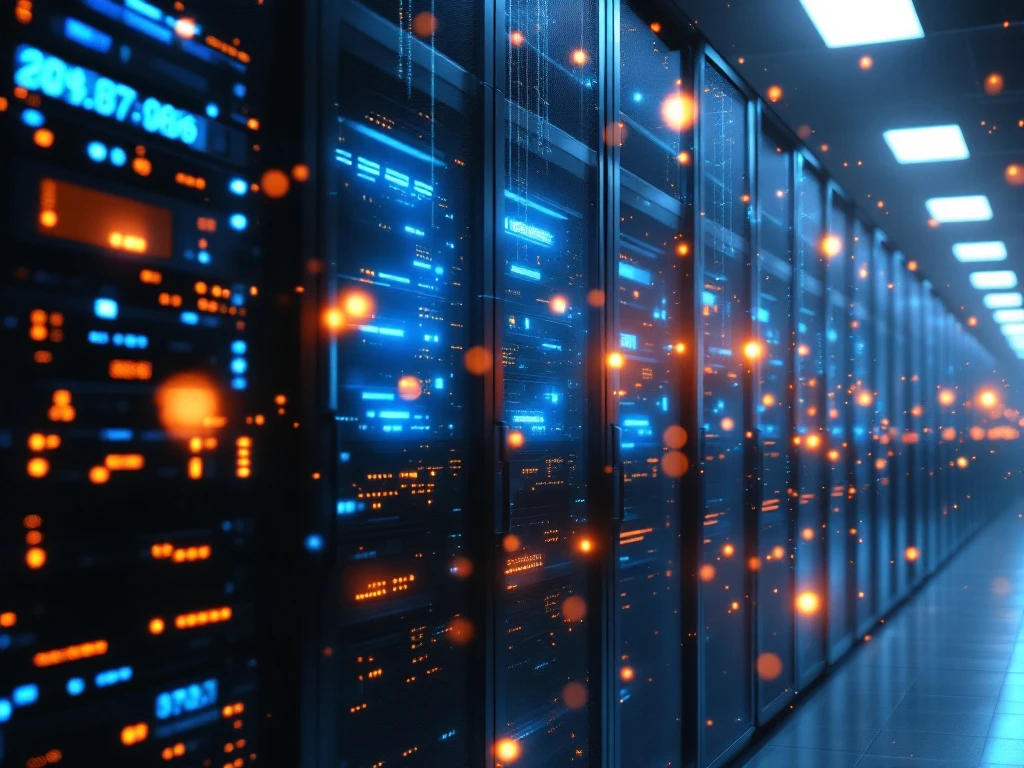
Remote datacenter management services are highly effective for monitoring, maintenance, and basic troubleshooting tasks, providing 24/7 oversight through automated systems and cloud-based tools. However, their effectiveness diminishes when physical hardware issues arise or complex emergencies require hands-on intervention. The optimal approach combines remote monitoring capabilities with reliable onsite technical support for comprehensive datacenter operations.
What exactly are remote datacenter management services?
Remote datacenter management services provide off-site monitoring, maintenance, and oversight of datacenter infrastructure through cloud-based platforms and automated systems. These services monitor server performance, network connectivity, environmental conditions, and security systems without requiring physical presence at the facility.
The scope of remote datacenter management includes real-time monitoring of critical systems, automated alert mechanisms for potential issues, and remote diagnostic capabilities. These services track server health, storage capacity, network performance, temperature controls, and power consumption through sophisticated monitoring tools.
Remote management platforms offer centralised dashboards that display comprehensive datacenter metrics, allowing administrators to monitor multiple facilities simultaneously. The systems can automatically restart services, adjust environmental controls, and perform basic maintenance tasks without human intervention.
However, there’s a crucial distinction between remote oversight and hands-on technical support. While remote systems excel at monitoring and basic automated responses, they cannot physically replace hardware, install new equipment, or perform complex troubleshooting that requires direct system access.
How do remote datacenter management services actually work in practice?
Remote datacenter management operates through interconnected monitoring systems that continuously collect data from servers, networking equipment, and environmental sensors. These systems use automated alert mechanisms and predictive analytics to identify potential issues before they cause significant problems.
The technical infrastructure relies on network management protocols, sensor arrays, and intelligent monitoring agents installed across datacenter equipment. These components communicate with centralised management platforms that process thousands of data points every minute, creating comprehensive operational visibility.
Remote monitoring systems track performance metrics including CPU usage, memory consumption, disk space, network bandwidth, and application response times. When thresholds are exceeded, automated alerts notify technical teams through multiple channels including email, SMS, and dashboard notifications.
Predictive analytics capabilities analyse historical data patterns to forecast potential equipment failures, capacity limitations, and maintenance requirements. This enables proactive management approaches that can prevent many issues before they impact operations.
Remote diagnostics allow technicians to run system tests, review log files, restart services, and perform configuration changes without being physically present. Many routine maintenance tasks can be completed remotely, including software updates, security patches, and performance optimisations.
What are the main limitations of purely remote datacenter management?
Remote datacenter management faces significant limitations when dealing with physical hardware failures, complex system issues, and emergency situations that require immediate hands-on intervention. These constraints can create operational gaps that impact service reliability and response times.
Physical hardware problems represent the most obvious limitation of remote management. Failed hard drives, faulty memory modules, power supply failures, and networking equipment malfunctions require physical replacement or repair that cannot be performed remotely.
Complex troubleshooting scenarios often require direct system access, physical cable testing, and hands-on diagnostic procedures. Remote tools may identify that a problem exists but cannot always determine the root cause or implement the necessary solution without physical presence.
Emergency situations such as power failures, cooling system breakdowns, or security breaches frequently demand immediate onsite response. While remote systems can detect these issues quickly, resolving them often requires physical intervention that remote management cannot provide.
Compliance requirements in many industries mandate physical security protocols, regular equipment inspections, and documented maintenance procedures that must be performed by qualified personnel on location. Remote management alone cannot satisfy these regulatory obligations.
Network connectivity issues present a particular challenge, as the very systems required for remote management may become inaccessible during network outages or connectivity problems, creating blind spots in monitoring coverage.
When do datacenters need onsite technical support instead of remote management?
Datacenters require onsite technical support for hardware replacements, equipment installations, emergency repairs, and complex troubleshooting scenarios where remote access becomes insufficient. Critical situations demanding physical presence include server failures, network outages, and environmental system emergencies.
Hardware replacement scenarios necessitate onsite presence for server components, networking equipment, and storage devices. When systems fail beyond remote repair capabilities, qualified technicians must physically install replacement parts to restore operations.
Rack installations and datacenter expansions require hands-on expertise for proper equipment mounting, cable management, and system integration. These complex procedures demand physical presence to ensure proper installation and optimal performance.
Emergency situations such as power failures, cooling system breakdowns, or fire suppression activations require immediate onsite response. Remote monitoring can detect these emergencies, but resolution depends on qualified personnel who can safely address the physical systems involved.
Cable management and network infrastructure work requires physical access for proper routing, testing, and maintenance. Complex networking issues often need hands-on diagnostics that remote tools cannot provide effectively.
Our comprehensive datacenter services bridge the gap between remote monitoring and physical requirements, providing skilled technicians who can respond to critical situations that exceed remote management capabilities. Professional onsite support ensures that when remote systems identify problems requiring physical intervention, qualified personnel are available to resolve issues quickly and effectively.
The combination of remote monitoring for continuous oversight and reliable onsite technicians for physical requirements creates the most effective datacenter management approach, ensuring comprehensive coverage for both routine monitoring and critical emergency response situations.
Frequently Asked Questions
How quickly can onsite technicians respond when remote monitoring detects a critical issue?
Response times for onsite technicians typically range from 2-4 hours for critical issues, depending on your service level agreement and geographic location. Many providers offer tiered response options, with emergency situations receiving priority dispatch within 1-2 hours for mission-critical environments.
What's the typical cost difference between remote-only management and hybrid remote/onsite support?
Remote-only management typically costs 40-60% less than hybrid solutions, but the cost difference narrows when factoring in potential downtime expenses. Hybrid approaches may cost more upfront but often provide better ROI by preventing extended outages that could cost thousands per hour in lost productivity.
Can remote management systems automatically order replacement hardware when failures are detected?
Advanced remote management platforms can integrate with inventory systems to automatically trigger hardware orders based on failure predictions or detected issues. However, this requires pre-configured vendor relationships, approved procurement processes, and careful threshold settings to avoid unnecessary orders.
How do I determine if my datacenter needs 24/7 onsite presence or if scheduled visits are sufficient?
Evaluate your RTO (Recovery Time Objective) requirements, criticality of applications, and historical failure patterns. If your business can tolerate 2-4 hour response times for hardware issues, scheduled visits may suffice. However, financial services, healthcare, or other mission-critical operations typically require 24/7 onsite coverage.
What happens when network connectivity fails and remote management systems go offline?
Quality remote management services include redundant connectivity paths (multiple ISPs, cellular backup) and local monitoring systems that can operate independently. When all remote access fails, automated systems should trigger immediate onsite technician dispatch based on predetermined escalation procedures.
How can I ensure onsite technicians have the right skills for my specific equipment and applications?
Choose providers who maintain certified technicians for your specific hardware brands and maintain detailed equipment inventories. Establish clear documentation of your systems, create standard operating procedures, and ensure technicians receive regular training updates on your environment's unique requirements.
What security measures should be in place when combining remote access with onsite support?
Implement multi-factor authentication for remote access, maintain detailed access logs, and ensure onsite technicians follow strict identity verification procedures. Use encrypted communication channels, regular security audits, and maintain separate access credentials for remote and physical access to minimize security risks.
How effective are remote datacenter management services?
